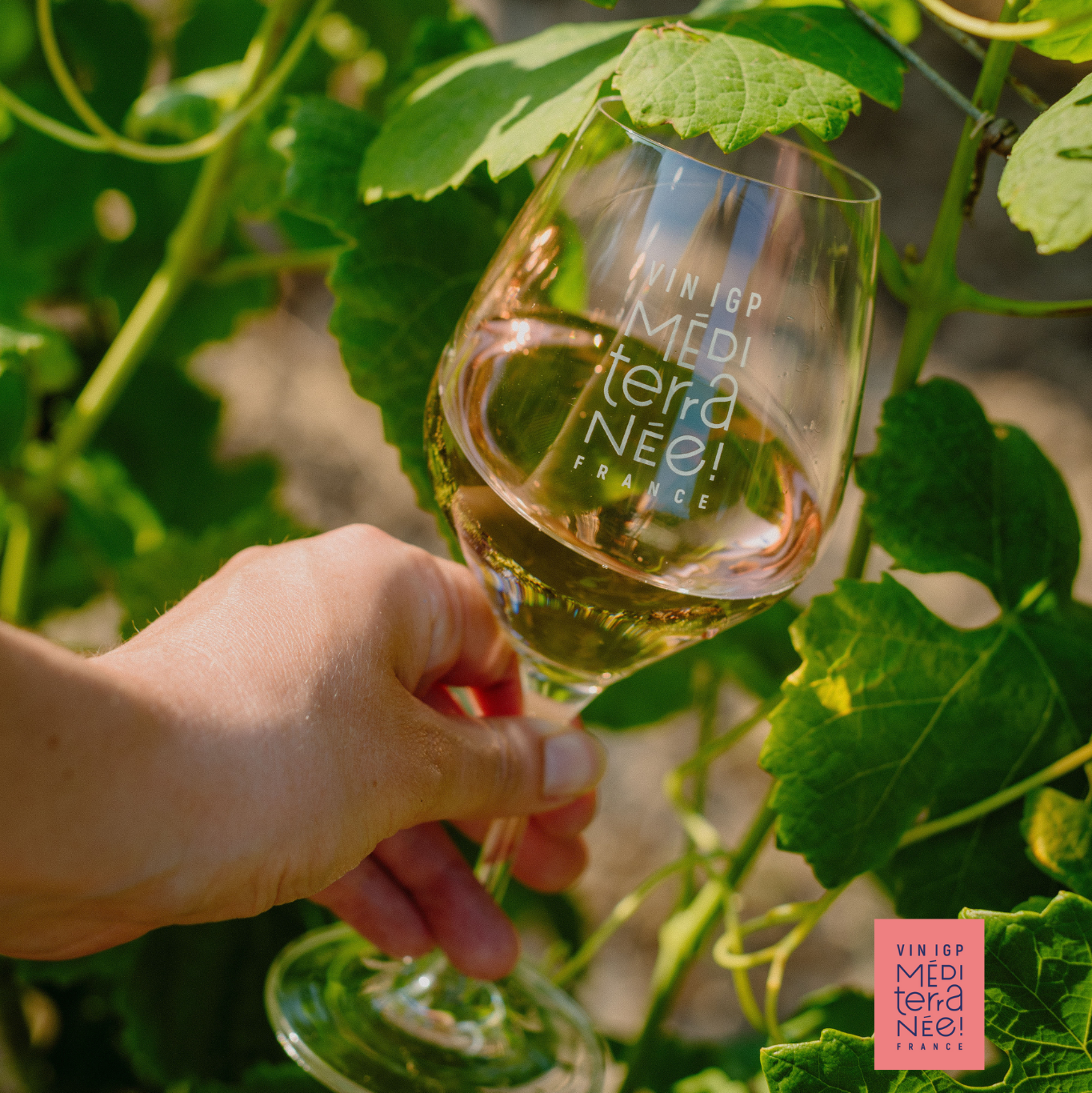Gosset makes changes to soften style
Champagne Gosset has been putting some of its wines through malolactic fermentation to make its brut NV “slightly softer” and “more accessible”.
Following a discussion with Gosset’s international sales director Philippe Manfredini in late January this year, it emerged that the brand has been gradually incorporating an increasing proportion of wine that has been through malolactic fermentation (MLF) in its Brut Excellence, despite the house’s reputation for never allowing MLF to take place.
“We were always strictly non-malo until six years ago when we started to integrate more wines that did go through malo in the Brut Excellence,” Manfredini told db.
The results of this change started to be seen on the market three years ago, and Manfredini said that Gosset has made the shift “progressively” because the house wanted “a smooth transition”.
Nevertheless, he added that the trade has noticed the difference and reported increasing sales as a consequence.
“We always had a fabulous brut NV, but the goal of this Champagne is to be poured by the glass as an aperitif, so we wanted to make it slightly softer and easier to approach by introducing more wines that do malo,” he said.
Continuing, he pointed out, “Our customers are very pleased [with the change]. Although they say that they always loved the Gosset style, now they say that the Champagne is more open, more accessible, so their customers have 2-3 glasses instead of just one.”
In essence, MLF is actually a conversion of the sharp, green apple-like malic acid into the softer lactic acid with its associated softer fruit flavours.
To handle the different styles of base wine, Gosset has two separate cellars, one dedicated to wines which are allowed to go through the conversion, and another for those which aren’t.
Manfredini noted that the MLF is prevented by cooling and a “light filtration”, meaning the wines take 2-4 weeks longer to prepare than those that have been allowed to undergo the conversion.
Aside from Gosset, other houses renowned for blocking the malo-lactic conversion are Lanson and Alfred Gratien, however many other producers use varying proportions of base wines with, or without the conversion depending on the cuvée and the vintage conditions.
Partner Content
For example, head winemaker and joint MD at Louis Roederer, Jean-Baptiste Lecaillon told db last month that he prevents MLF in warm vintages.
“We did no MLF in 2009, 50% in 2008, 35% in 2007, none in 2006 – which like 2009 was a warm year – and none in 2002 too,” he said.
He said that he decides whether to allow the conversion according to tasting, pointing out that “if the wine is light in body and not ripe enough then we do MLF, but if it is the opposite, then we don’t.”
Explaining further he said that he is “looking for a balance between body and acidity, because Roederer is about ageing potential, and ageing requires body and then acidity.”
Indeed, similar to other winemakers such as Dom Pérignon’s Richard Geoffroy, he stressed that high acidity is not necessary for longevity.
“If you have a wine that is rich with some dry extract and body, then it will have the potential to age, and if there is some acidity too, then that’s even better: [great, age-worthy] vintages like 1928, 47, 59 and 61 all had high ripeness with a lot of fruit, as well as high acidity,” explained Lecaillon.
Continuing he said, “They did not have acidity by itself, because without body, it is empty, it is just acid.”
db will be running an in-depth feature on the role of MLF in sparkling winemaking in its annual Champagne Report, which will be released with April’s edition of the magazine.




